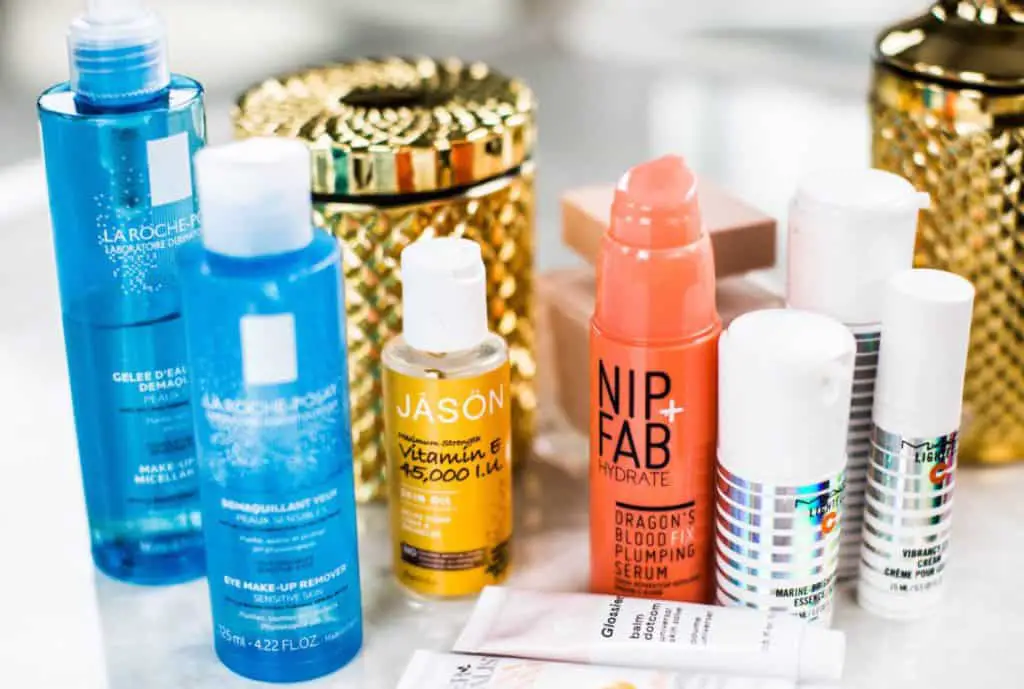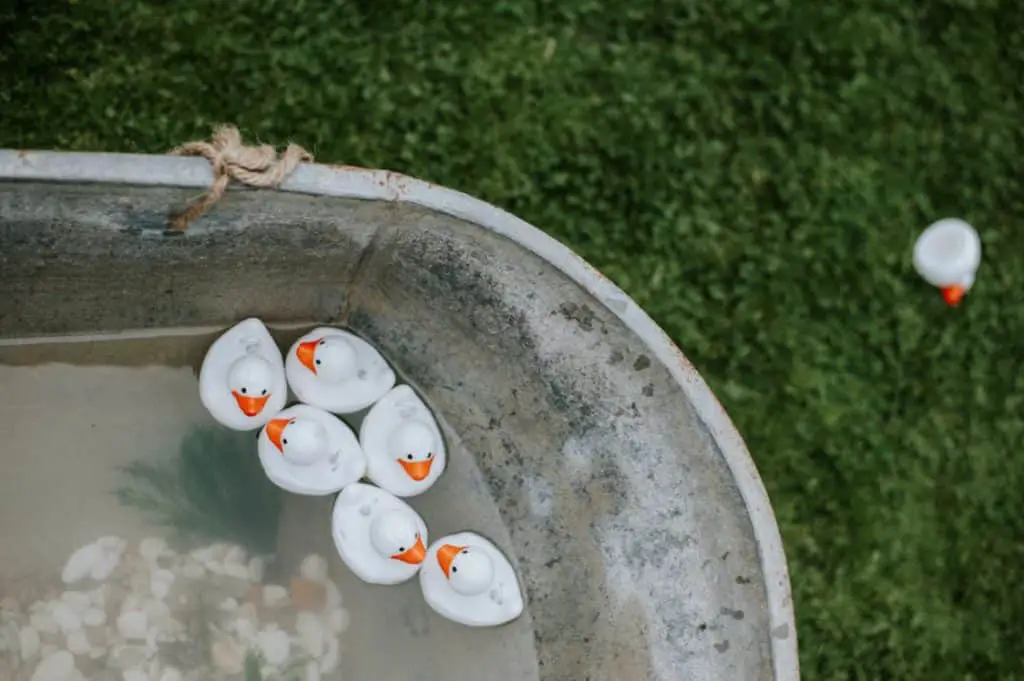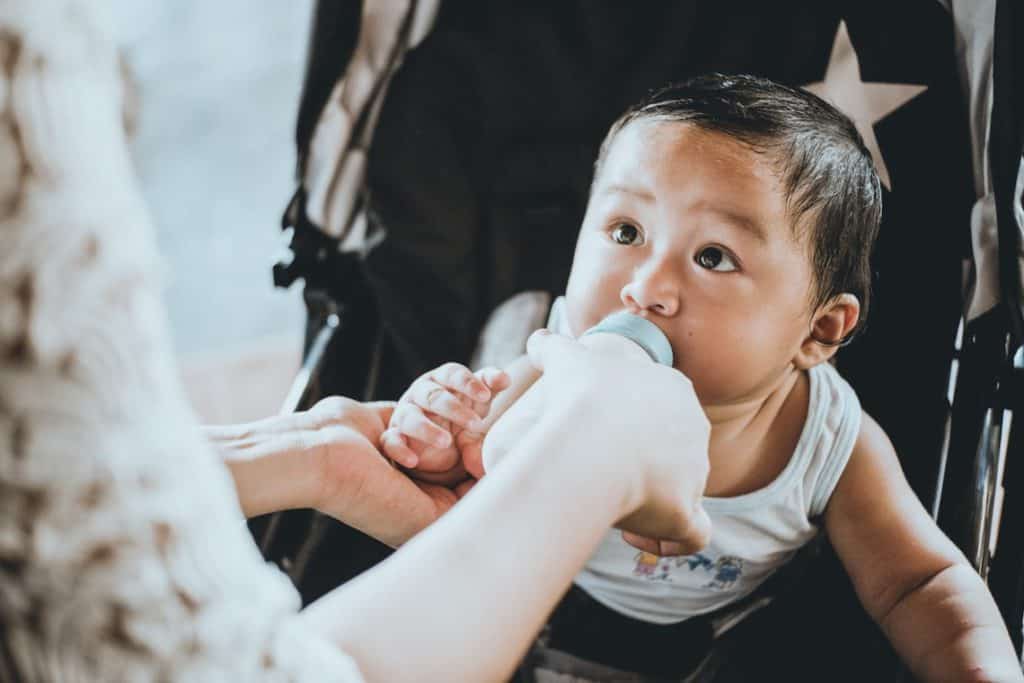Quick Links
We are living in the plastic age. There is no doubt about it.
Almost everything these days is made of some form of plastic. But do you know your plastic? What do the plastic numbers mean, and which one can you recycle or turn into other useful resources?
Let’s find out.
PLASTIC NUMBER #1

Polyethylene terephthalate, also known as (PETE) or (PET)
Used for most water bottles, juices, and soda bottles, and some packaging. Also used in the clothing industry. Most synthetic clothing is made from plastic number 1.
Related: How our clothes poison the oceans
When exposed to high temperatures, it can leak the toxic mineral antimony into your drinks, which can cause vomiting, nausea, diarrhea, and stomach ulcers.
Some studies have shown up to 100 times the amount of antimony in bottled water than in clean groundwater. The longer the bottle is on the shelf or exposed to heat or sunshine. The more antimony is likely to have leached into the product.
PLASTIC NUMBER #2

High-density polyethylene,(HDPE)
HDPE is commonly used in milk and juice, detergent, shampoo, grocery bags, and cereal box liners.
Like PET, it is also considered to be “safe” but has been shown to leach estrogenic chemicals when exposed to sunlight heat and boiling water. Estrogenic chemicals are linked to breast cancer, endometriosis, altered sex ratios, testicular cancer, poor semen quality, early puberty, and the reproductive tract’s malformations.
PLASTIC NUMBER #3

Polyvinyl Chloride(PVC)
PVC wraps your sandwich and meat. It floats in the bathtub as toys, makes jackets, and inexpensive plumbing at home.
PVC is dubbed the “poison plastic” because it contains numerous toxins which it can leach throughout its entire life cycle. Almost all products using PVC require virgin material for their construction; less than 1% of PVC material is recycled. – eartheasy.com
It was recently added to the European chemicals agency list of a substance of grave concern for their role as endocrine disrupters—improper development of reproductive organs in fetuses.
PLASTIC NUMBER #4

Low-density polyethylene(LDPE)
LPDE is used in bread wraps, shrink wrap, milk cartons, and your take-away coffee cups.
It is considered to be a “low hazard plastic.” The problem with LDPE is that it is not recyclable via curbside and other recycling programs. The best is to reuse as bin liner etc. Not a great solution if you ask me. Only certain facilities can recycle it, and they turn it into plastic lumber, landscaping boards, garbage bin liners, and floor tiles.
PLASTIC NUMBER #5

Polypropylene(PP)
PP is commonly used in yogurt cups, medicine and ketchup bottles, kitchenware, and “microwave-safe” plastic containers.
PP is considered a reasonably safe plastic. It has a high heat resistance and, as such, doesn’t leak as many chemicals as other plastics.
Polypropylene is recyclable through some curbside recycling programs, but only about 3% of PP products are currently being recycled in the US. Recycled PP is used to make landscaping border stripping, battery cases, brooms, bins, and trays. However, #5 plastic is today becoming more accepted by recyclers. – eartheasy
PLASTIC NUMBER #6

Polystyrene, or Styrofoam
Polystyrene is an inexpensive, lightweight, and easily formed plastic. Used in takeaway cups, food containers, and picnic cutlery. Remember those ubiquitous “peanut” foam chips used to fill shipping boxes to protect the contents, that’s also polystyrene.
Polystyrene can leach styrene, a suspected carcinogen, especially in the presence of heat (which makes hot coffee in a Styrofoam container an unwise choice). Chemicals present in polystyrene have been linked with human health and reproductive system dysfunction. It should be made illegal to use in food packaging or hot beverages.
PLASTIC NUMBER #7

Anything else, Bioplastic, Polycarbonate, BPA, Lexan
Number 7 plastics are used to make baby bottles, sippy cups, CDs, DVDs, water cooler bottles, and car parts.
A new generation of compostable plastics, made from bio-based polymers like corn starch, is being developed to replace polycarbonates. These are also included in category #7, which can be confusing to the consumer. These compostable plastics have the initials “PLA” on the bottom near the recycling symbol. Some may also say, “Compostable.”
The problem with cornstarch-based plastics is that they only biodegrade in a special facility, which most countries don’t have access to. More on PLA and Bioplastic here.
Our best option is to stay away from plastic. But that isn’t so easily done with plastic all around us. If you are going to use it, we need to remember which ones are ok to use and which ones are bad.
To summarize, plastic number #2, #4, #5 are generally considered “safe.” I would still be careful about adding hot beverages or even microwaving them even though they print it on the package.
Plastic numbers #1, #3, #6, and #7 should be used cautiously, especially around food or drink. Of these plastics number #, 1 isn’t too terrible but needs to be stored in a cool place and should not be reused.
[mailerlite_form form_id=6]
Very interesting article with lots of information. While it’s a conspiracy theory, there might be truth to it.
Informative post!
I learned a ton from this too and will be more careful moving forward.
I think the safest bet is to try and reduce our exposure to plastic, especially around food or drink.
Normally I drink my coffee and water out of what I thought were relatively safe plastic bottles. But now I will use some glass jars for my water and coffee beverages.
This post made me rethink how I use plastic for most of my food and drinks. I look forward to changing up my plastic usage more moving forward.
Thanks for sharing this information!
I am glad it could help Jesse. I think so many of us are tapping around in the unknown. I mean before I started the zerowasteman I had no idea about the exposure to plastic. It’s crazy that this is still going on, really. All the best on your journey.